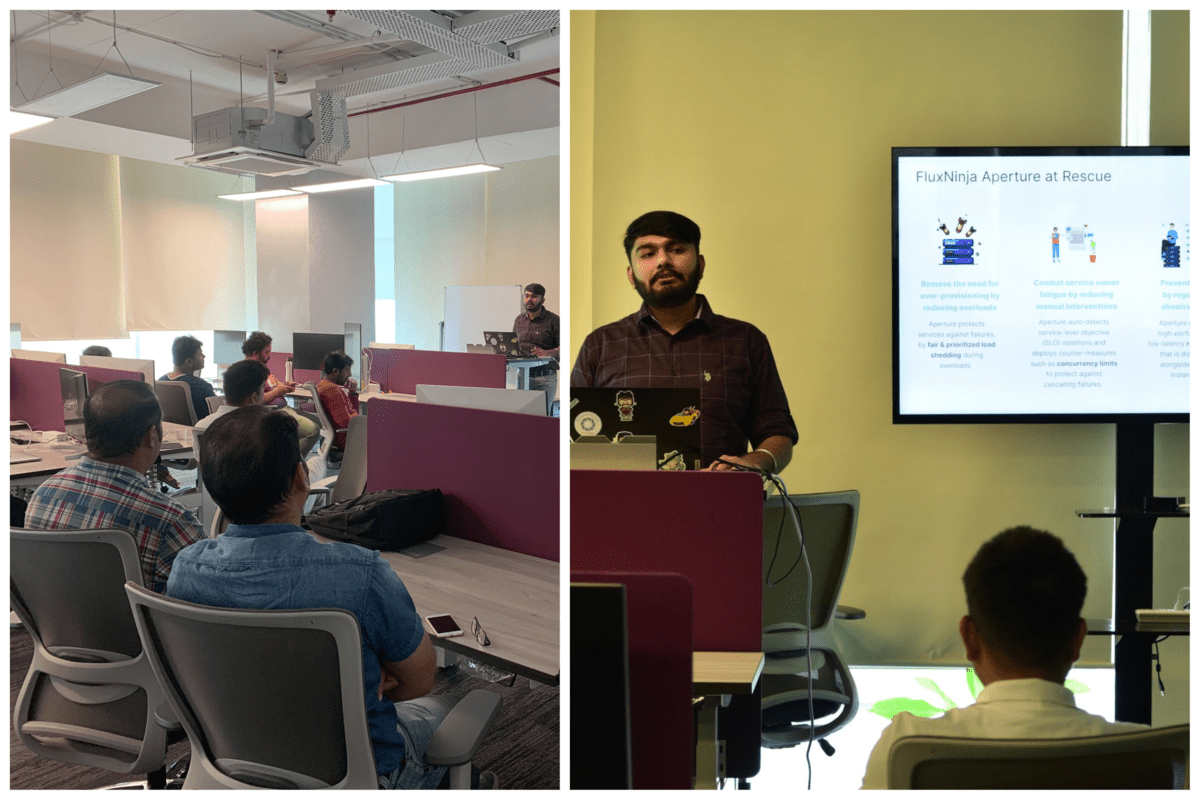Web services must be equipped with the ability to anticipate and manage unpredictable traffic surges, a crucial requirement for businesses with a growing online presence. Failure to do so can lead to a degraded user experience, resulting in potential revenue loss over time. Users expect seamless and reliable service, and any disruptions or downtime can severely impact a business's reputation.
By taking a proactive approach to managing unpredictable traffic surges, web services can ensure the ongoing satisfaction of their users and the long-term success of their business. It is crucial for businesses to prioritize user journeys and invest in solutions that can help navigate these challenges.

